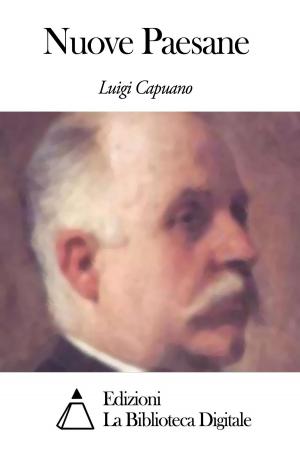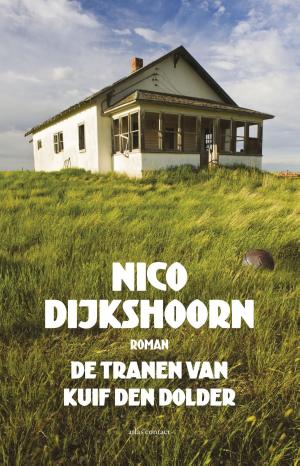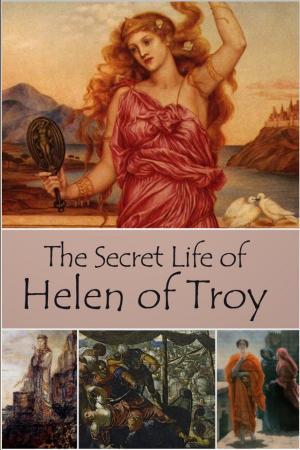The Golden Maiden
and other folk tales and fairy stories told in Armenia
Fiction & Literature, Westerns, Classics| Author: | A. G. Seklemian, Ella Dolbear, Elizabeth Geary | ISBN: | 1230000270183 |
| Publisher: | The Helman-Taylor Company Cleveland and New York | Publication: | September 24, 2014 |
| Imprint: | Language: | English |
| Author: | A. G. Seklemian, Ella Dolbear, Elizabeth Geary |
| ISBN: | 1230000270183 |
| Publisher: | The Helman-Taylor Company Cleveland and New York |
| Publication: | September 24, 2014 |
| Imprint: | |
| Language: | English |
Example in this ebook
A distinguished English student of folk-lore has written: “Armenia offers a rich and hitherto almost untouched field to the folk-lorist, the difficulty of grappling with the language—the alphabet even of which was described by Byron as ‘a very Waterloo of an alphabet’—having hitherto baffled European collectors.”
So far as I can learn, the two volumes of Armenian folk-tales collected by Bishop Sirwantzdiants have hitherto been accessible to English and European readers only through the medium of a rare and more or less imperfect German translation. The late Ohannes Chatschumian had begun a compilation of Armenian folk-lore for Miss Alice Fletcher; but the work was cut short by his early death. Prof. Minas Tcheraz, of King’s College, London, has published from time to time during the last eight years, in his paper “L’Armenie,” a series of interesting articles on the folk-lore and fairy tales of the Armenians, under the title “L’Orient Inedit.” He gathered these stories from the lips of the poorer classes in Constantinople, as Mr. Seklemian did in Erzroom. Prof. Tcheraz says: “The lowest strata of the population, having received no instruction, and not having changed perceptibly since the earliest centuries of our planet, keep still intact the traditions of the past. It is above all from the talk of the women of the common people, born in Constantinople or from the provinces, that these things are to be learned. Gifted with strong memories and brilliant imaginations, they still preserve all the legends bequeathed [vi]from the past.” But the files of “L’Armenie,” like the books of Bishop Sirwantzdiants, are inaccessible to the general public. Mr. Seklemian has therefore rendered a real service to students of folk-lore who are unacquainted with the Oriental languages, by bringing these curious and interesting tales within their reach.
Many things combine to give especial value to Armenian folk-lore. Among these are the great antiquity of the Armenian race, and its singular tenacity of its own ideas and traditions.
Armenia was the seat of one of the most ancient civilizations on the globe. Its people were contemporary with the Assyrians and Babylonians. They are of Aryan race, and of pure Caucasian blood. Their origin is lost in the mists of time. According to their own tradition, they are descended from Togarmah, a grandson of Japhet, who settled in Armenia after the Ark rested on Ararat. In the earliest days of recorded history, we find them already occupying their present home. They are referred to by Herodotus. Xenophon describes their manners and customs much as they still exist in the mountain villages. The Bible relates that the sons of Sennacherib escaped “into the land of Armenia,” Ezekiel refers to Armenia, under the name of Togarmah, as furnishing Tyre with horses and mules, animals for which it is still famous; and “the Kingdom of Ararat” is one of the nations called upon by Jeremiah to aid in the destruction of Babylon. In the famous inscriptions of the Achemenidæ, at Persepolis and at Behistun, the name of Armenia occurs in various forms.
To be continue in this ebook................................................................................................................
Example in this ebook
A distinguished English student of folk-lore has written: “Armenia offers a rich and hitherto almost untouched field to the folk-lorist, the difficulty of grappling with the language—the alphabet even of which was described by Byron as ‘a very Waterloo of an alphabet’—having hitherto baffled European collectors.”
So far as I can learn, the two volumes of Armenian folk-tales collected by Bishop Sirwantzdiants have hitherto been accessible to English and European readers only through the medium of a rare and more or less imperfect German translation. The late Ohannes Chatschumian had begun a compilation of Armenian folk-lore for Miss Alice Fletcher; but the work was cut short by his early death. Prof. Minas Tcheraz, of King’s College, London, has published from time to time during the last eight years, in his paper “L’Armenie,” a series of interesting articles on the folk-lore and fairy tales of the Armenians, under the title “L’Orient Inedit.” He gathered these stories from the lips of the poorer classes in Constantinople, as Mr. Seklemian did in Erzroom. Prof. Tcheraz says: “The lowest strata of the population, having received no instruction, and not having changed perceptibly since the earliest centuries of our planet, keep still intact the traditions of the past. It is above all from the talk of the women of the common people, born in Constantinople or from the provinces, that these things are to be learned. Gifted with strong memories and brilliant imaginations, they still preserve all the legends bequeathed [vi]from the past.” But the files of “L’Armenie,” like the books of Bishop Sirwantzdiants, are inaccessible to the general public. Mr. Seklemian has therefore rendered a real service to students of folk-lore who are unacquainted with the Oriental languages, by bringing these curious and interesting tales within their reach.
Many things combine to give especial value to Armenian folk-lore. Among these are the great antiquity of the Armenian race, and its singular tenacity of its own ideas and traditions.
Armenia was the seat of one of the most ancient civilizations on the globe. Its people were contemporary with the Assyrians and Babylonians. They are of Aryan race, and of pure Caucasian blood. Their origin is lost in the mists of time. According to their own tradition, they are descended from Togarmah, a grandson of Japhet, who settled in Armenia after the Ark rested on Ararat. In the earliest days of recorded history, we find them already occupying their present home. They are referred to by Herodotus. Xenophon describes their manners and customs much as they still exist in the mountain villages. The Bible relates that the sons of Sennacherib escaped “into the land of Armenia,” Ezekiel refers to Armenia, under the name of Togarmah, as furnishing Tyre with horses and mules, animals for which it is still famous; and “the Kingdom of Ararat” is one of the nations called upon by Jeremiah to aid in the destruction of Babylon. In the famous inscriptions of the Achemenidæ, at Persepolis and at Behistun, the name of Armenia occurs in various forms.
To be continue in this ebook................................................................................................................















